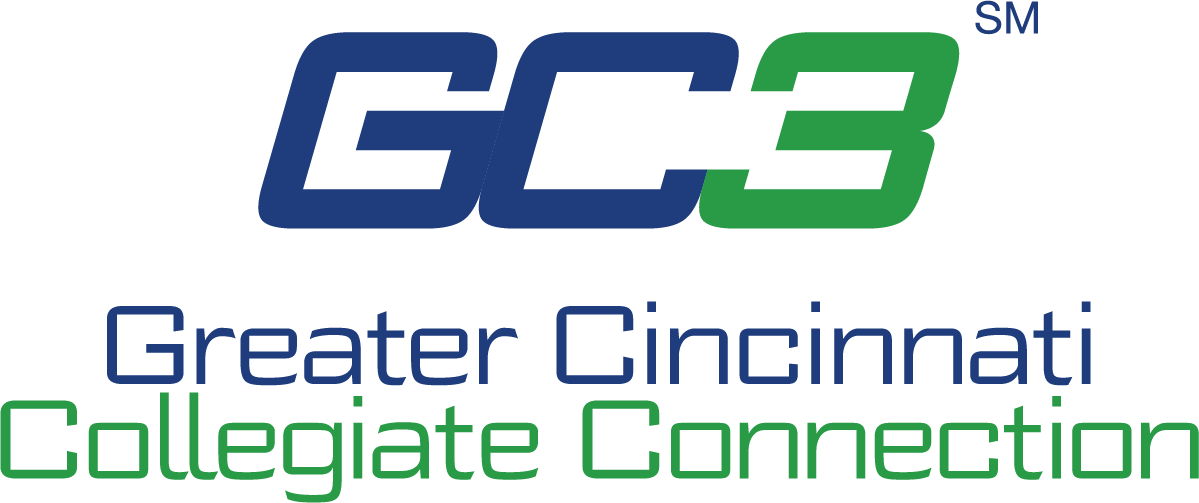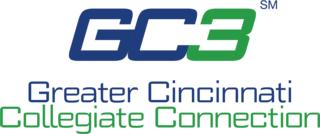Physical Disabilities
Visual Disabilities
Visual Impairments
Definition
Persons who have visual impairments have a best corrected visual acuity of 20/70 or less in their better eye, or may experience difficulty with optic muscle control.
Characteristics
- Iimited ability to visually absorb their environment
- field of vision or muscle convergence may be affected
- possible color blindness
- migraines headaches and/or debilitating fatigue after lengthy periods of reading
Legal Blindness
Definition
Persons who are legally blind have a corrected vision in the better eye of 20/200 or less, or a field of vision that is restricted to 5 degrees or less at 20 feet.
Characteristics
- may not "appear" to have a visual disability, but will need accommodations in order to read printed materials and/or function within a new environment
Blindness
Definition
Persons who are blind experience a complete lack of vision, though they may have some perception of light and colors. They often depend on other senses, such as hearing and touch, to gather information.
Characteristics
- Individuals who are blind do not always have the experience of sight from their past to assist in the recollection of data, so it is not appropriate to assume that someone who is blind is familiar with objects in the classroom or a new environment. They may use canes and/or seeingeye dogs in order to navigate their environment.
Adjustments
Student accommodations based on individual needs may include, but are not limited to:
- Lecture Classes
- provide diagrams to support written information
- use an overhead projector to enlarge materials as much as possible
- orient the student to the classroom
- make the student aware of safety issues in the classroom/lab
- don't move materials or equipment without reorienting the student or, at the very least, letting the student know that changes have taken place
- call students by name; address objects, etc. by name
- read words and figures aloud as you write them on the overhead or halkboard
- use nonskid tape around safety areas in the classroom/lab
- allow the student handson examination of new materials, equipment, etc.
- enlarge written materials (handouts, worksheets)
- allow use of tape recorder and/or note taker
- photocopy any ditto sheets before they are run to provide a clearer blackonwhite copy
- Written Papers
- provide plenty of notice when assigning research papers so the student can find necessary assistance in locating and using research materials
- establish flexible deadlines
- Examinations
- allow students to take test orally
- provide extended time to complete examinations
- allow student to tape record the test
- allow alternative method of answering questions (e.g., responding either on tape or orally)
- provide for testing in an environment with minimal distractions
Auditory Disabilities
Hearing Loss
Definition
A person may have various degrees (mild, moderate, severe) of hearing loss which are documented by an audiologist.
Characteristics
- may need to sit in the front of the class in order to hear the lecture, but impairment may not affect the ability of the student to communicate effectively
- may need to be able to see the instructor’s face in order to read his/her lips
- speech may be affected
Deafness
Definition
A person may have various degrees (mild, moderate, severe) of hearing loss which are documented by an audiologist.
Characteristics
- may need to sit in the front of the class in order to hear the lecture, but impairment may not affect the ability of the student to communicate effectively
- may need to be able to see the instructor's face in order to read his/her lips
- speech may be affected
Adjustments
Student accommodations based on individual needs may include, but are not limited to:
- Lecture Classes
- encourage sitting in a front row seat; reserve one if necessary
- face the student and keep your face within his/her view whenever speaking
- make sure you have the student's attention before beginning the class
- repeat the questions and comments of the other students in the room
- use all forms of visual materials to reinforce what is being said (e.g., overhead projector, handouts)
- allow use of note taker
- provide a written back up of all spoken instruction
- speak at a normal rate of speed and a normal volume; lip readers learn to read at a normal speech rate
- communicate in writing with the student
- arrange seating for the interpreter next to the student
- make sure the student has good lighting to facilitate lip reading
- encourage the student to ask questions of what was unclear before leaving class
- plan meetings with the student in advance so that interpreters can
Mobility Impairments
Definition
A person with a mobility impairment has a physical condition; which limits the individuals' ability to navigate their environment.
Characteristics
- May use a wheelchair, assistive walking device, or other prosthesis in order to navigate and manage the environment
Adjustments
Student accommodations based on individual needs may include, but are not limited to:
- Lecture Classes
- make sure the building, classroom, shop, and/or lab are physically accessible with access to elevators and restrooms
- arrange the classroom differently, if necessary, to accommodate the student's wheelchair or other mobility needs
- consider emergency evacuation from the classroom and what alternatives would be necessary for the student; acquaint the student with the procedure he/she should follow
- don't isolate the student in classroom seating because of mobility needs
- be considerate of the time it takes for the student to navigate his/her schedule; be understanding if the student is a few minutes late
- allow use of tape recorder and/or note taker
- arrange for a lab partner for the student if necessary
- Written Papers
- allow extra time to complete written assignments
- Examinations
- allow student to give test answers orally or to a note taker if he/she is unable to write
- allow extended time to complete examinations
Speech Impairments
Definition
The category of impaired speech covers several different possibilities such as stuttering, impaired articulation, or a voice impairment.
Characteristics
- speech patterns are different from "normally" accepted speech patterns
- very common among people who are hearing impaired, have cerebral palsy, have sustained severe head injuries, or who have a cleft palette
Adjustments
Student accommodations based on individual needs may include, but are not limited to:
- Lecture Classes
- be patient when the student is communicating; it is not appropriate to fill in the sentence or thought for the student
- maintain good eye contact when the student is trying to communicate
- give the student a chance to speak in class, but don't force it
- a speech impairment doesn't mean that the student isn't intelligent, or can't hear, so don't exaggerate communications
- give presentations oneonone if necessary
- encourage working in small groups or with other students
- at the student's request, develop lists of technical terms so the student can practice saying and hearing them.
Acquired Brain Injury (ABI)
Definition
ABI is an acquired impairment of medically verifiable brain functioning resulting in a loss or partial loss of one or more of the following: cognitive, communication, psychomotor, psychosocial, and sensory/perceptual abilities. Injury can result from two types of trauma: 1 ) external events, such as closed head trauma or a missile penetrating the brain; 2) internal events, such as strokes, tumours, ingestion of toxic substances, hypoxia (lack of oxygen to the brain), or infections of the brain. Evaluation must be ongoing, since recovery from brain injury usually continues for many months,even years.
Characteristics
There is great variation in the possible effects of a brain injury and most individuals will exhibit some, but not all of them. However, most injuries result in impairment in the following functions:
- memory deficits; inability to store information for immediate recall
- great distractibility
- difficulty with attention and concentration
- need for increased time to process information: impeded reaction time, speed of response, and quickness of data integration; accuracy of output may not be impaired
- difficulty with comprehension of written or spoken material
- tendency to interrupt, talk out of turn, dominate discussions, speak too loudly or rudely, or stand too close to the listener
- difficulties with spatial reasoning; may have difficulty navigating the campus without getting lost
- reduced ability to categorize, sequence, prioritize, abstract, and generalize information
- difficulty with goal setting and planning
- inflexibility
- resistance to accepting assistance
- need to take frequent breaks to rest
Adjustments
Student accommodations based on individual needs may include, but are not limited to:
- Lecture Classes
- provide an environment of acceptance
- allow use of tape recorder and/or note taker
- explain procedures slowly and in stepbystep fashion
- Written Papers
- establish flexible deadlines for assignments
- allow alternative formats (e.g., oral or taped assignments)
- Examinations
- provide additional time to complete examinations
- provide for testing in an environment with minimal distractions
- allow use of a scribe
- permit oral vs. written responses to examination questions
- Other Course and University Adaptations
- consider reduced course load requirements
- refer students to campus office providing services for students with disabilities to assist in planning, setting goals, and evaluating progress
Reference
The Head Injury Survivor on Campus: Issues and Resources, Health Resource Center publication, One Dupont Circle, NW, Suite 800, Washington, DC 2 003 5 1193 .

